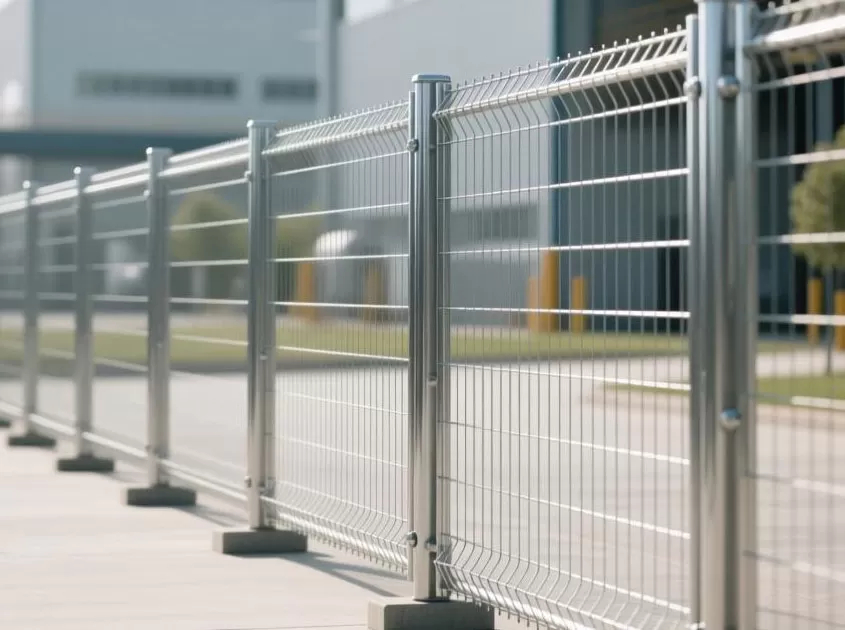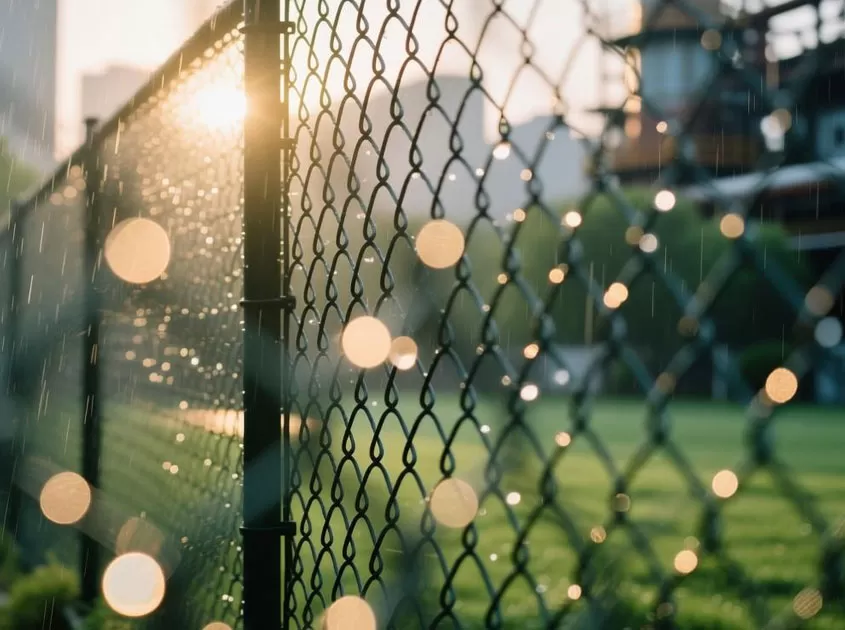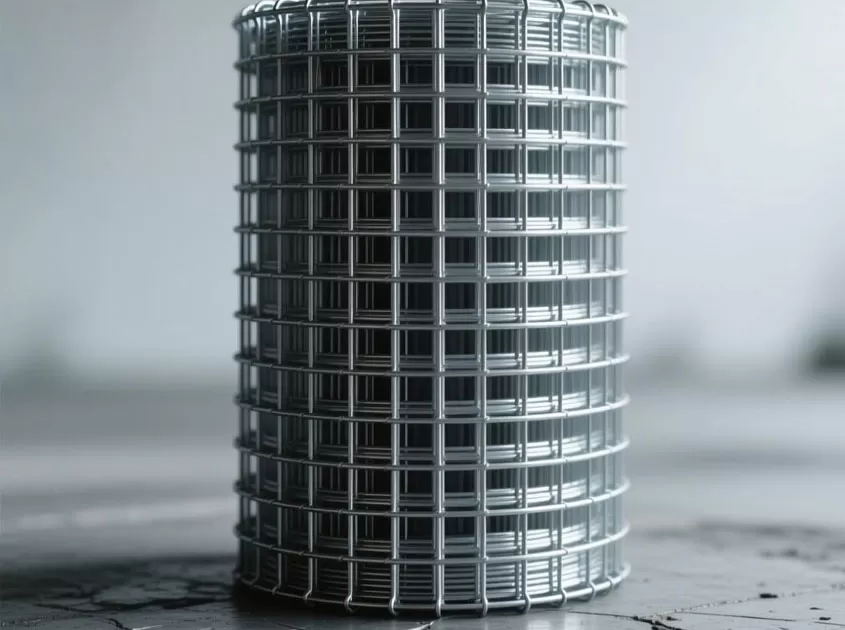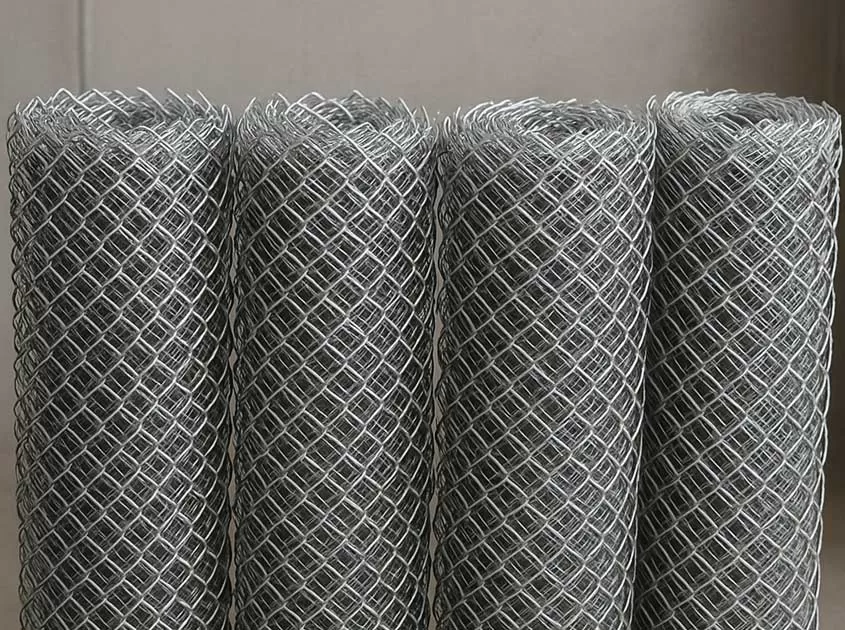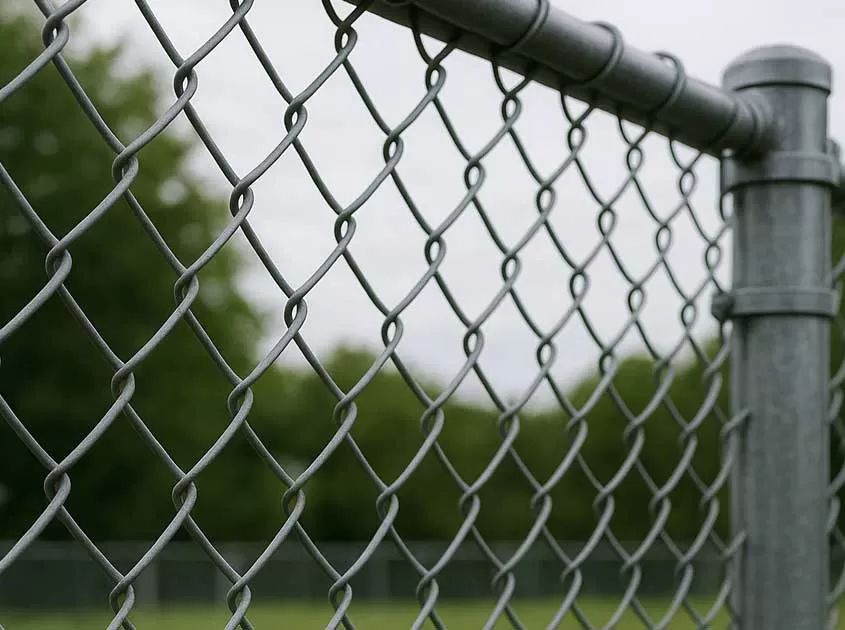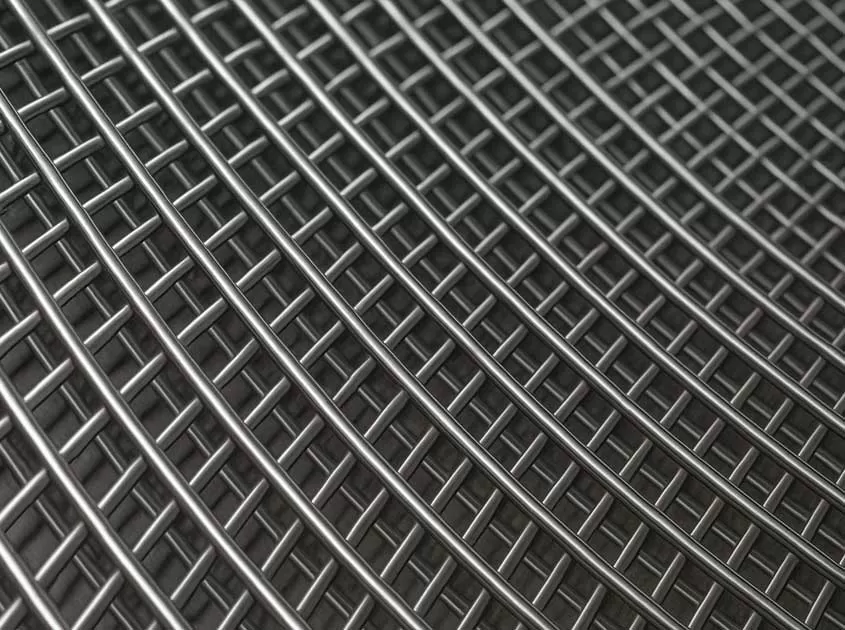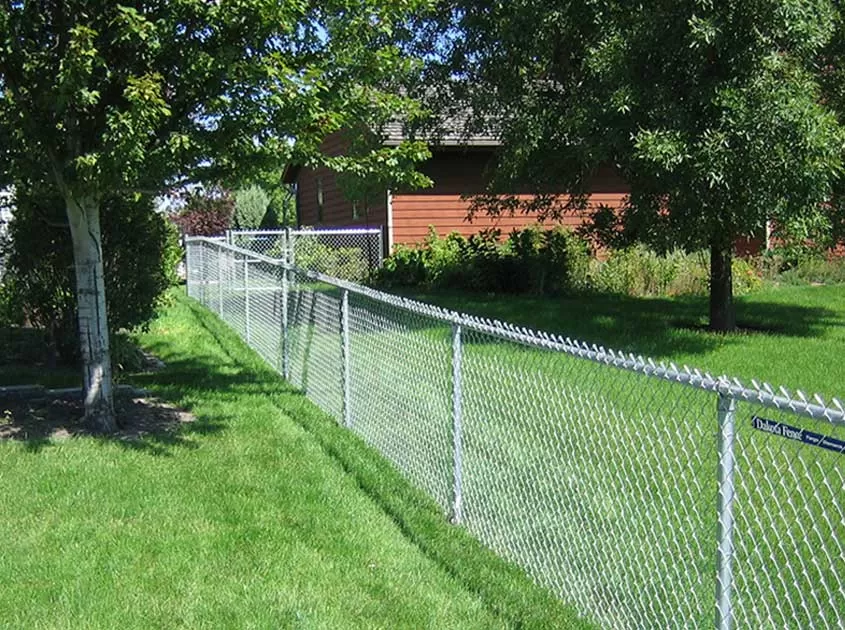The Science Behind Galvanized Iron Wire Rust Resistance
However, in the world of materials science, a formidable weapon against this insidious foe exists - galvanized iron wire.Rust, the relentless enemy of metal, has plagued mankind for centuries.This remarkable material exhibits extraordinary rust resistance, and its secret lies in a captivating blend of chemistry and engineering. In this article, we will delve into the science behind galvanized iron wire's rust resistance and explore the fascinating process that makes it an indispensable material in various industries.
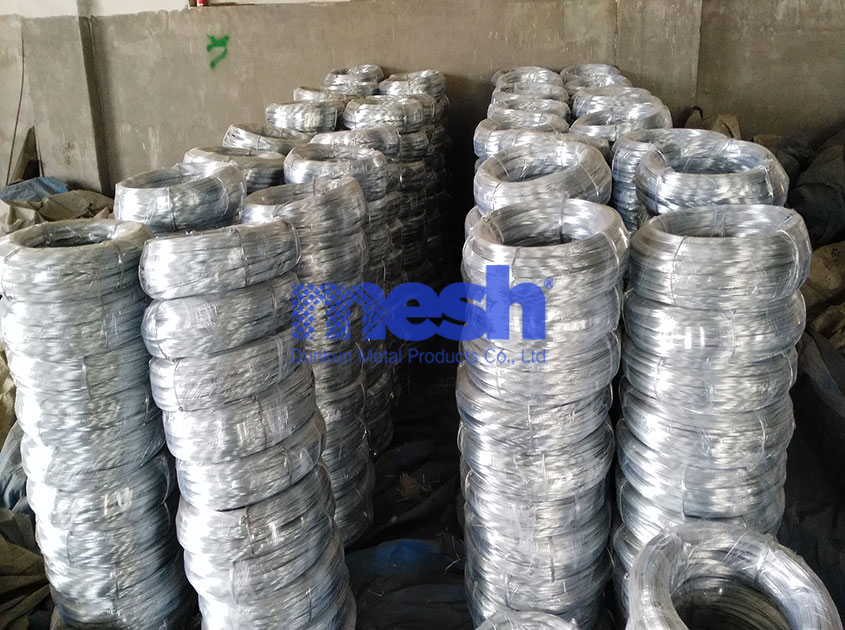
The Basics of Galvanization
At its core, galvanized iron wire is regular iron or steel wire that has undergone a transformative process called galvanization. This process involves coating the wire with a layer of zinc, and it's this zinc layer that holds the key to the wire's rust-resistant properties.
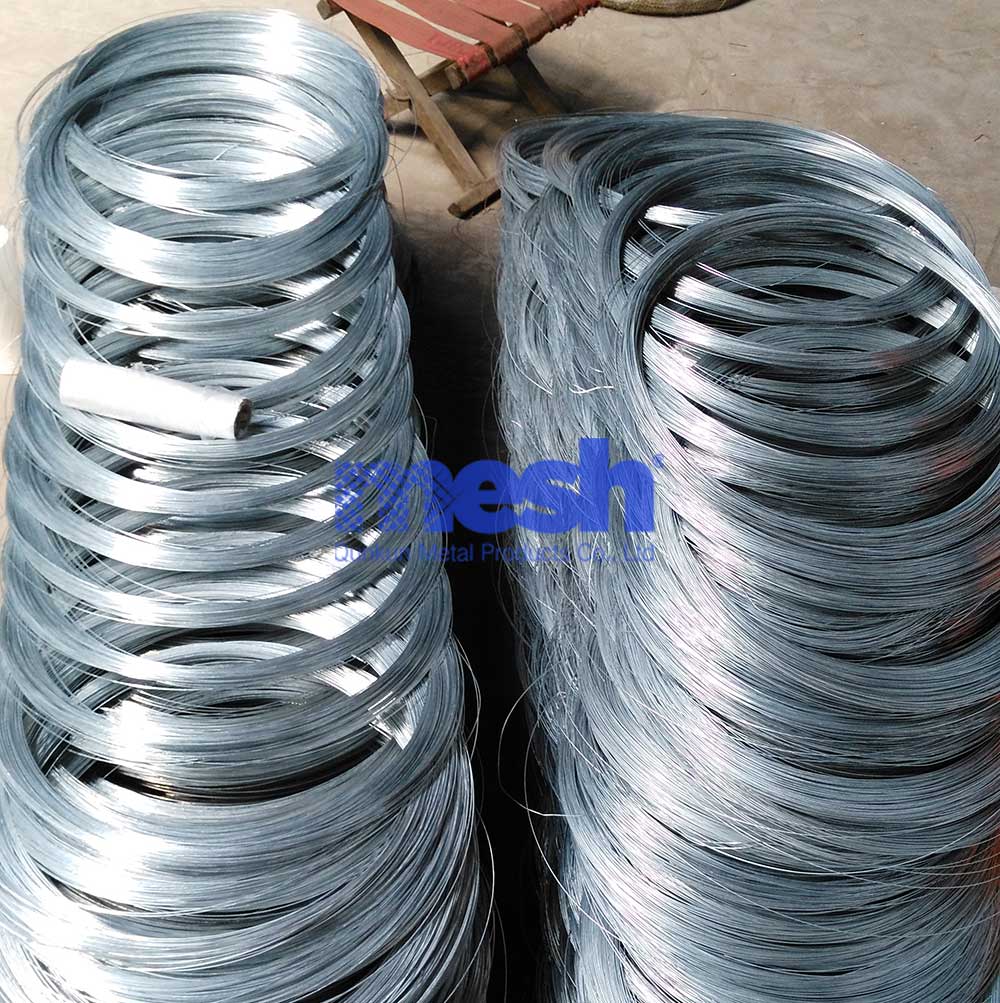
Sacrificial Protection
The magic of galvanized iron wire begins with a concept known as "sacrificial protection." Zinc is more chemically active than iron, which means it has a higher tendency to oxidize or corrode when exposed to the elements. When the galvanized wire is exposed to moisture or oxygen, the zinc layer becomes sacrificial, corroding in place of the iron core. This sacrificial action effectively shields the iron wire from rust, as the zinc layer takes the brunt of the corrosion.
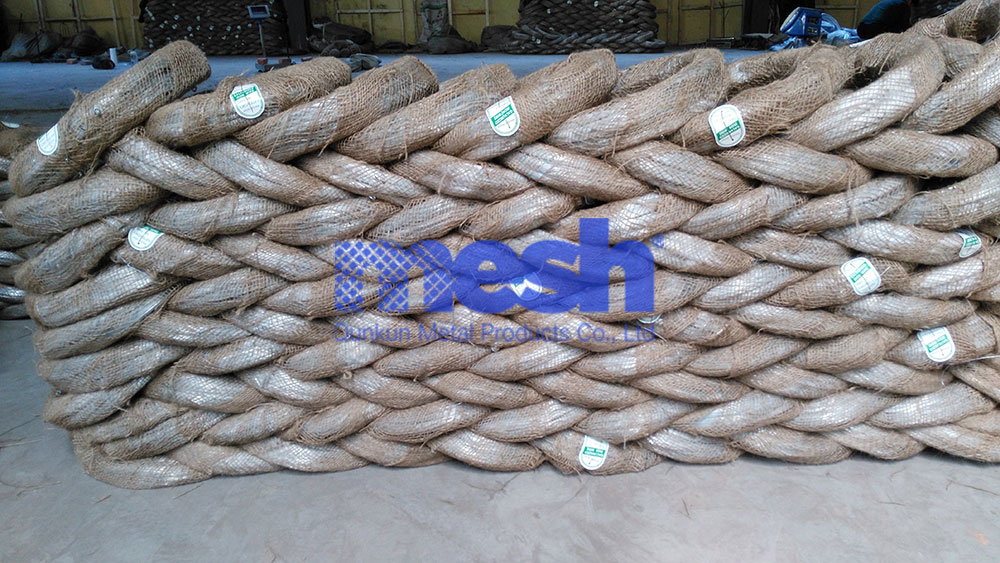
In conclusion, the remarkable rust resistance of galvanized iron wire is a testament to the synergy between chemistry and engineering. Through sacrificial protection, barrier protection, cathodic protection, and self-healing properties, this material successfully combats rust and corrosion, ensuring its reliability in diverse applications. As we continue to explore innovative materials and technologies, galvanized iron wire remains a shining example of how scientific principles can be harnessed to extend the lifespan and usability of essential metal products.
-
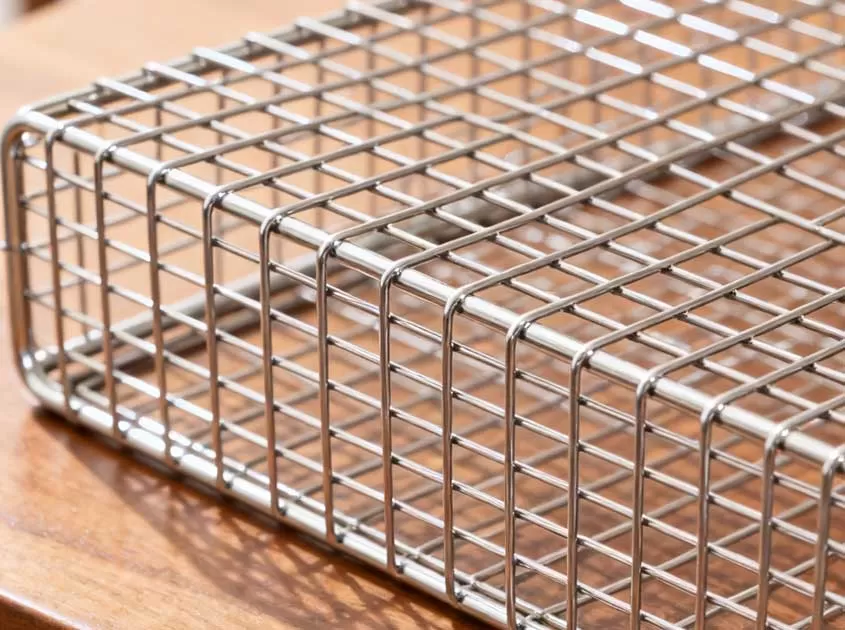 Corrosion-Resistant Stainless Steel Wire Mesh Oct 28, 2025
Corrosion-Resistant Stainless Steel Wire Mesh Oct 28, 2025

- Tel.: +86 311 83077076
- E-mail: sales@qunkunmetal.com
- Skype: qunkunsales01
- WhatsApp: 8618032412189
- Add.: No.69 The Filter Industrial Part of Anping, Hebei, China




